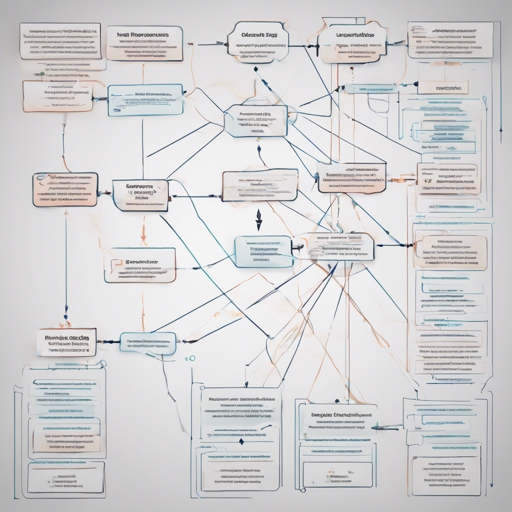Entity Relationship Diagrams (ERDs) are vital tools in database design that visually represent the structure of your database. With ERAlchemy, generating these diagrams becomes a breeze, allowing you to create them directly from your database or from SQLAlchemy models. In this article, we will explore how to start using ERAlchemy, from installation to various usage scenarios, along with some troubleshooting tips.
Quick Start: Installation
Before you start generating ERDs, you need to install ERAlchemy. This process is straightforward and can be accomplished through the command line.
- Install ERAlchemy:
$ pip install eralchemy - Install Graph Library:
To create visuals, ERAlchemy requires either Graphviz or PyGraphviz. You can choose one by using one of the following commands:$ pip install eralchemy[graphviz]$ pip install eralchemy[pygraphviz] - Install on Conda:
If you’re a Conda user, you can install ERAlchemy with:$ conda install -c conda-forge eralchemy
Understanding the Installation Process Through an Analogy
Think of installing ERAlchemy as preparing to bake a cake. The flour represents ERAlchemy, the eggs and sugar signify Graphviz/PyGraphviz, and your oven is the command line environment. Just as you need to mix your ingredients and preheat the oven to start baking, you must install ERAlchemy and the necessary graph libraries to create your ER diagrams. Each ingredient functions together to produce the final, delicious product!
Usage: Generating ER Diagrams
ERAlchemy supports various ways to generate ERDs, whether from an existing database or directly from Python code. Here’s how you can use it:
From the Command Line
- From a Database:
$ eralchemy -i sqlite:relativepathtodb.db -o erd_from_sqlite.pdf - From a Markdown File:
Get a markdown file from a remote source and generate an ER diagram:$ curl https://raw.githubusercontent.com/eralchemy/eralchemy/main/example/forum.er -o markdown_file.er$ eralchemy -i markdown_file.er -o erd_from_markdown_file.pdf - Filtering Tables/Columns:
You can exclude specific tables or columns:$ eralchemy -i postgresql+psycopg2:username:password@hostname:5432/databasename -o filtered.er --exclude-tables temp audit$ eralchemy -i postgresql+psycopg2:username:password@hostname:5432/databasename -o filtered.er --exclude-columns created_at updated_at
From Python Code
You can also invoke ERAlchemy through Python scripts:
from eralchemy import render_er
render_er(Base, 'erd_from_sqlalchemy.png')
render_er('sqlite:relativepathtodb.db', 'erd_from_sqlite.png')Troubleshooting Tips
If you encounter issues while installing or using ERAlchemy, consider the following troubleshooting ideas:
- Dependencies Not Installed: Ensure that you have Graphviz or PyGraphviz correctly installed, as they are essential for generating diagrams.
- Database Connection Problems: Double-check your database URL formats, usernames, and passwords to ensure a successful connection.
- File Output Issues: Verify the paths where you are trying to output your diagrams and ensure you have permission to write to those locations.
For more insights, updates, or to collaborate on AI development projects, stay connected with fxis.ai.
Conclusion
With ERAlchemy, the task of creating entity relationship diagrams from databases or SQLAlchemy models is made simple and efficient. We believe that such advancements are crucial for the future of AI, as they enable more comprehensive and effective solutions. Our team is continually exploring new methodologies to push the envelope in artificial intelligence, ensuring that our clients benefit from the latest technological innovations.
Get Ready to Diagram!
Now that you’re equipped with the knowledge to install and operate ERAlchemy, start visualizing your database’s structure and ensuring your data models are perfectly designed.

